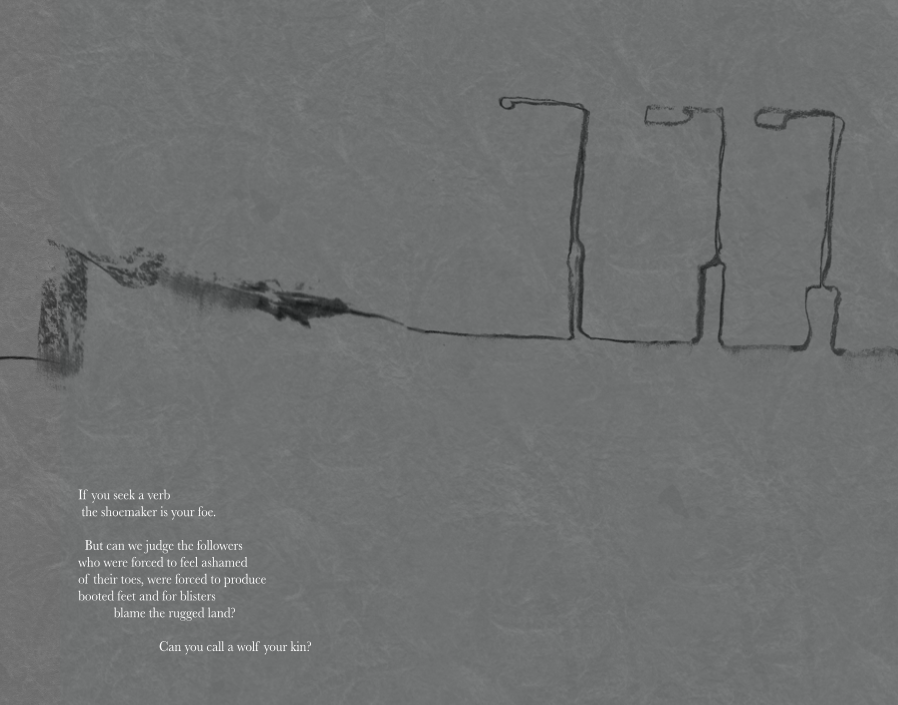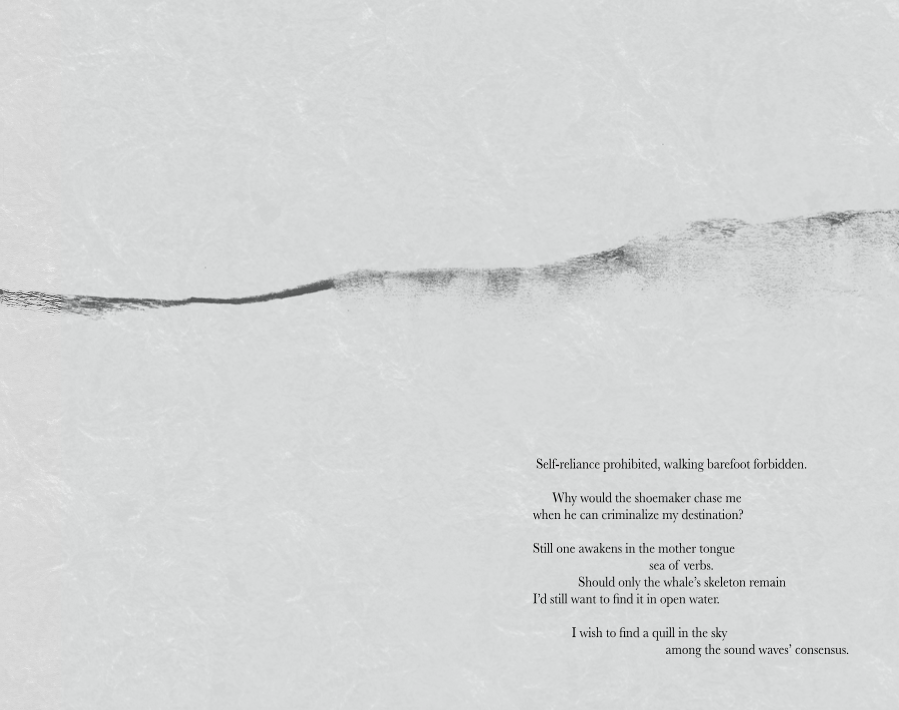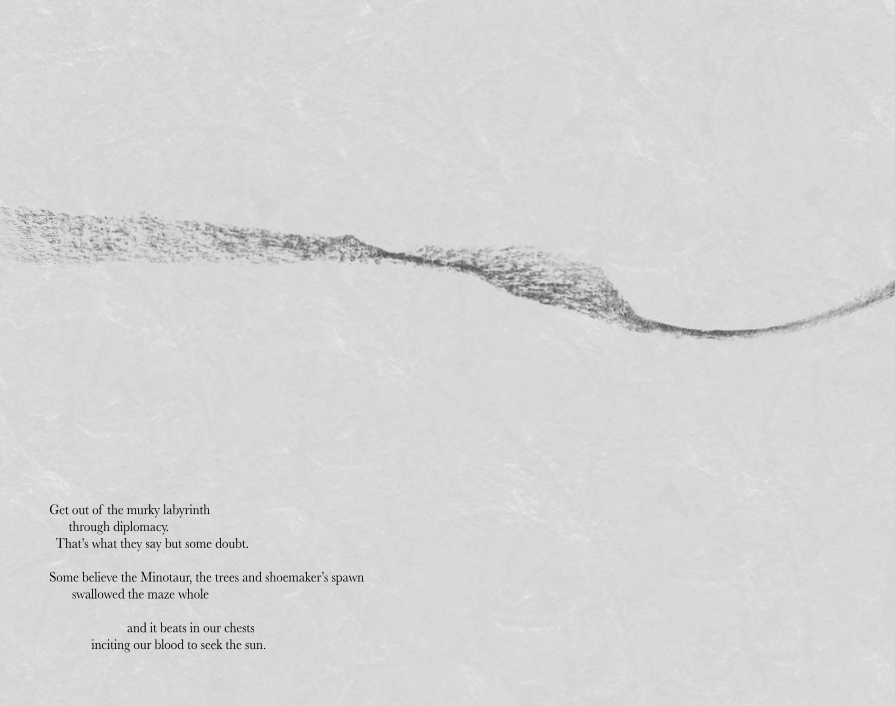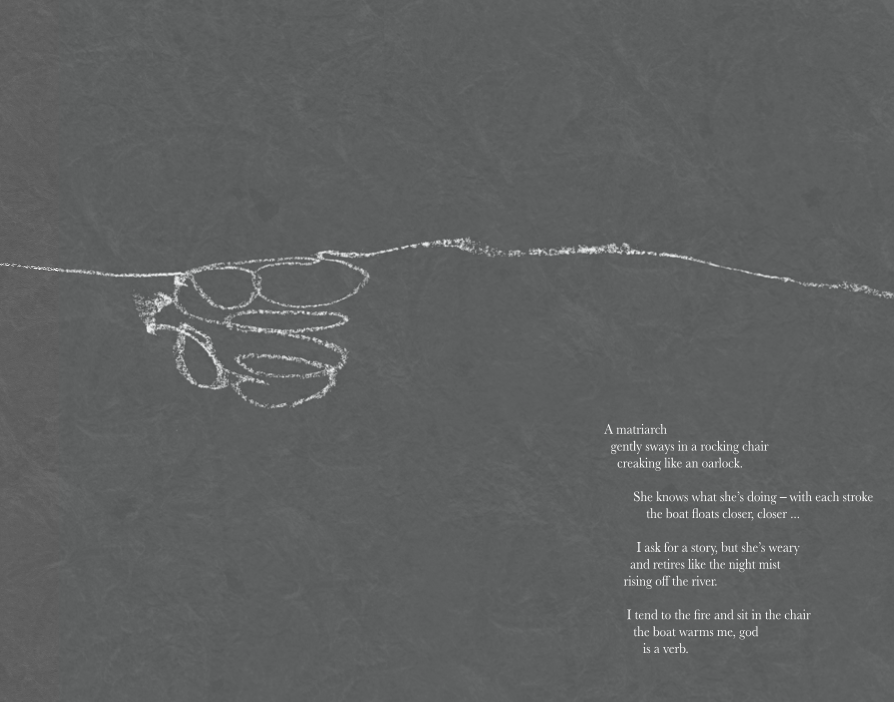



Niillas Holmberg writes in his mother tongue of Northern Sámi and Finnish and is a poet, novelist, scriptwriter, and musician. Translated into several languages, he is the author of six poetry collections and a novel and has received most recently the Kirsi Kunnas Poetry Award and nominations for the Nordic Council Literature Prize and Runeberg Literature Prize (Finland). Co-translated by Jennifer Kwon Dobbs and Johanna Domokos, his long poem Juolgevuođđu with accompanying artwork by Inga-Wiktoria Pave is the first single-authored book by a Sámi poet published by a U.S. press. Released as Underfoot (White Pine Press 2022), it received the American Scandinavian Foundation’s Leif and Inger Sjöberg Prize for outstanding English translation. Niillas is known as an upfront spokesman for Sámi and indigenous rights to self-determination and has been involved in several movements against extractivism in Sámi areas. He lives in Ohcejohka, Sámiland.
Jennifer Kwon Dobbs is the author of two poetry collections and two chapbooks, most recently Interrogation Room–mentioned in The New York Times and a recipient of the Asian American Studies Book Award in Creative Writing. With Shuchi Saraswat, she co-edited Futures: an AGNI portfolio of work in translation, which brings together 35 writers and 37 translators in 21 languages to reconsider shared pasts to ponder a collective future. She is senior poetry editor at AGNI and professor of English at St. Olaf College.
Johanna Domokos is a poet, translator, and editor (hochroth Bielefeld, translingual and performative series) and a professor at Gáspár Károli University of the Hungarian Reformed Church in Budapest. The author of four monographs on Sámi literature and editor of more than twenty books, she has been an international promoter of the Sámi literary field for more than two decades. Her most recent book is Endangered Literature–essays on literary interculturalism, translingualism and vulnerability.
“Our idea in calling this the ‘Translator’s Page’ is to show the ways and/or languages in which a translator works. Monthly posts may include translations from different languages and styles and centuries. The connective thread between them is the ability of the translator to interpret cultures and time periods for the contemporary reader.”
—Jonathan Wells, curator of The Translator’s Page